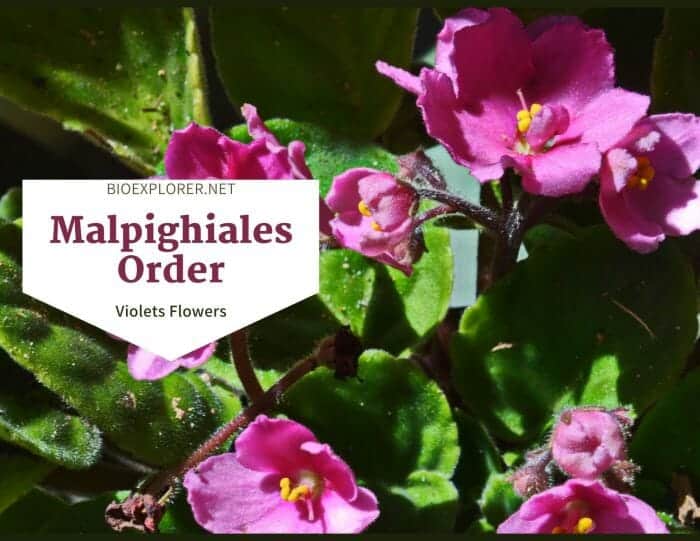
Malpighiales order is a large group with species primarily distributed in tropical regions. The members of Malpighiales often have toothed and stipulate leaves, 10 free stamens, 3-5 fused carpels, a nectary, superior ovaries, and typically endospermousWhat is endospermous?An embryonic nutritive tissue formed during double fertilization by the fusion of a sperm with the polar nuclei. seeds.
Most Malpighiales flowers consist of 5 sepals and 5 petals. The violets, flax, passion flowers, euphorbias, and mangroves are some of the notable species of Malpighiales.
Table of Contents
Malpighiales Families
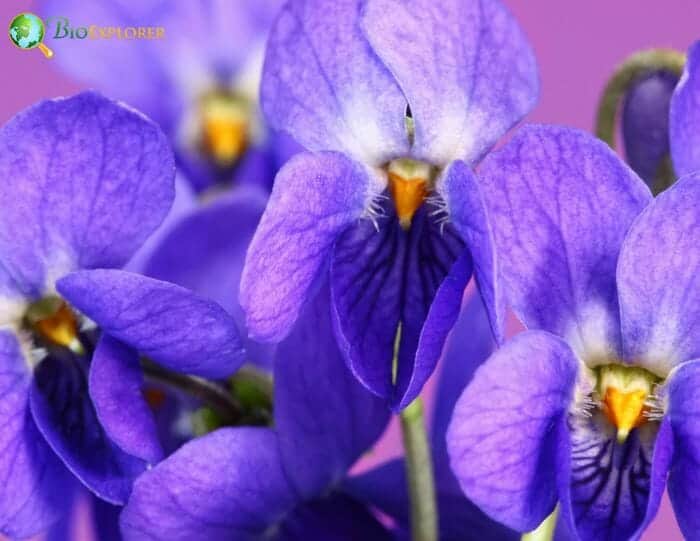
Malpighiales is one of the largest groups categorized under the rosid eudicotyledons. It is a heterogeneous group consisting of 36 families, 716 genera, and 16, 065 species.
- Achariaceae
- Balanopaceae
- Bonnetiaceae
- Calophyllaceae (Guanandi family)
- Caryocaraceae (Souari nut family).
- Centroplacaceae
- Chrysobalanaceae (Cocoplum family)
- Clusiaceae (Pitch-apple family)
- Ctenolophonaceae
- Dichapetalaceae (Poison Leaf family).
- Elatinaceae (Waterwort family)
- Erythroxylaceae (Coca family)
- Euphorbiaceae (Spurge family)
- Euphroniaceae
- Goupiaceae (Goupie family)
- Humiriaceae (Cherry mahogany family).
- Hypericaceae (St. John’s wort family).
- Irvingiaceae (Wild mango family).
- Ixonanthaceae (Ten men tree family).
- Lacistemataceae
- Linaceae (Flax family)
- Lophopyxidaceae
- Malpighiaceae (Acerola cherry family).
- Ochnaceae (Mickey-mouse plant family).
- Pandaceae (Panda family)
- Passifloraceae (Passionflower family)
- Peraceae (Jiqi family)
- Phyllanthaceae (Gooseberry tree family).
- Picrodendraceae (Libomdo ironwood family).
- Podostemaceae (Riverweed family)
- Putranjivaceae (Yellow tulipwood family).
- Rafflesiaceae (Corpse flower family).
- Rhizophoraceae (Mangrove family)
- Salicaceae (Willow family)
- Trigoniaceae
- Violaceae (Violet family)
![]()
Malpighiales Distribution
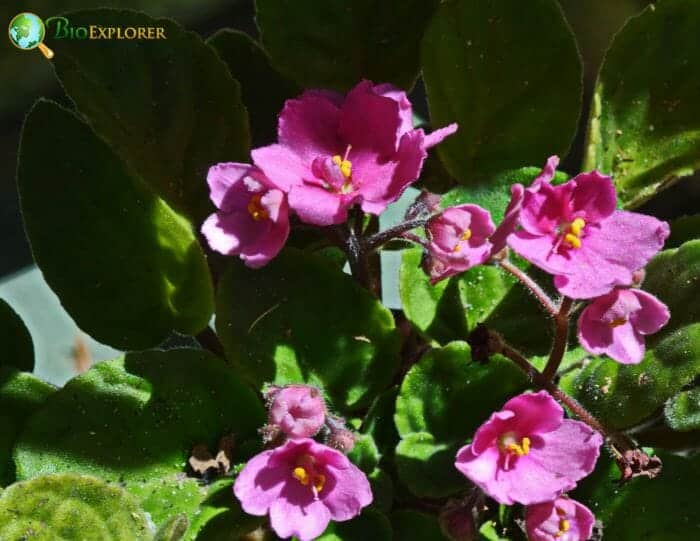
Most families of Malpighiales are distributed in tropical regions.
- The Willow family or the Salicaceae (54-55 genera and 1200 species) are mostly found worldwide. The species are found in the tropical to cold temperate.
- The Violet family or Violaceae (23-24 genera and 700-800 species) are also distributed worldwide.
- The plants of the Passion-flower family or Passifloraceae (27 genera and 1, 035 species[1] ) can grow in warm tropical. The species can also survive in cold and subtropical regions in a specific range and latitudes.
- The members of Rhizophoraceae or mangrove family (18 genera and 142 species[2] ) are tropical and subtropical flowering plants.
- The species of the Coca family or Erythroxylaceae (4 genera and 267 species) are pantropical in distribution.
- The aquatic angiosperms of the Podostemaceae or the Riverweed family (48 genera and 270 species) are thriving in the tropics and subtropics of the world.
- The members of the Malpighiaceae family (81 genera and 1, 029 species) are found in Old and New World tropics and subtropics. Most of the members of Malpighiaceae are in South America.
![]()
Malpighiales Characteristics
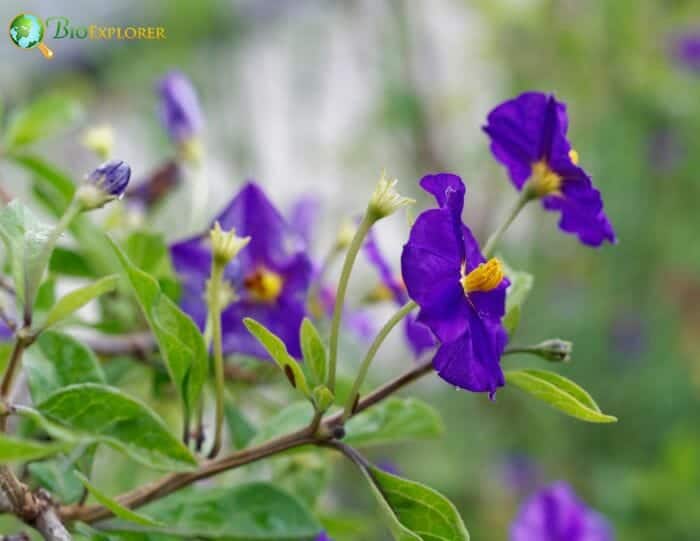
- Plant Type: Plants of Malpighiales are shrubs, trees, vines, lianas, and herbs.
- Stems: Many species undergo anomalous secondary growth. Some stems have milky latex (Euphorbia).
- Leaves: Plants that belong to Malpighiales often have toothed and stipulate leaves.
- Flowers and inflorescences: The Malpighiales flowers are bisexual and unisexual. The flowers are solitary or in a raceme, panicle, cyme, catkin, spike, corymb, glomerule, heads, cyathia, or fascicles.
- Sepals and petals: Most of the Malpighiales flowers have 5 sepals and 5 petals.
- Stamens and carpels: Most flowers have 10 stamens; free. The carpels are usually 3-5; fused.
- Ovary and fruit: Plants of Malpighiales have superior ovaries. The fruit is a drupe, nut, samara, berry, or capsule.
- Seeds: Most of the seeds of Malpighiales species contain endosperm. A fibrous layer is present in the seed coat.
![]()
Malpighiales Flowers and Reproduction
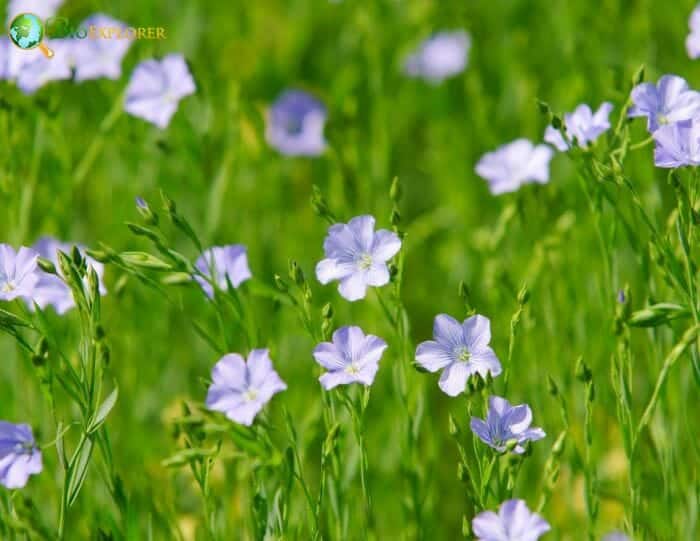
- Most of the flowers of the Malpighiaceae species are perfect in terminal or axillary cyme, panicle, or raceme. The flowers are actinomorphicWhat is actinomorphic?A characteristic of the flower exhibiting radial symmetry such as starfish or Daisy flower; capable of being bisected into identical halves along more than one axis, forming mirror images. Opposite is Zygomorphic. or zygomorphicWhat is zygomorphic?A characteristic of the flower having only one plane of symmetry, as in a pea or snapdragon; bilaterally symmetrical; especially in reference to a flower or corolla; Opposite is Actinomorphic; irregular flower;, pedicellateWhat is pedicellate?Borne on a pedicel; a flower characterized by having a stalk is also known as pedunculate or pedicellate; opposite is sessile (i.e., no stalk);, and bracteateWhat is bracteate?Possessing or bearing bracts.. The flower’s perianth is pentamerousWhat is pentamerous?Having parts in fives or multiples of five. and dichlamydeousWhat is dichlamydeous?Having a perianth composed of a distinct calyx and corolla.. There are 5 sepals per calyxWhat is calyx?A collective term for all the sepals of a flower; the lowermost whorl of floral orgrans (Plural form is calyces). lobes[4] ; aposepalous or basally synsepalous.
- The Malpighiaceae sepals usually consist of fleshy, abaxial glands. There are 5 clawed and marginally ciliated petals in the corollaWhat is corolla?A collective term referring to the petals of a flower.. The flowers of the Malpighiaceae lack nectaries. Pollination in New World taxa is performed by anthrophorid bees that remove the waxes from the sepal glands. Sugar-rich nectar is secreted by the sepal glands in some Old-World taxa.
- The flowers of Salicaceae are small, hypogynous, and bisexual or unisexual. Salicaceae flowers can be solitary or exist in a terminal or axillary raceme, catkin, spike, cyme, corymb, or glomerule. Some flowers lack perianth.
- Other Salicaceae species can be uniseriate or biseriate. The calyx, if present, is aposepalous or synsepalous. There are 0-8 (-15) sepals per lobe. The petals can be absent or equal to the number of sepals. Most Salicaceae flowers have nectaries, and they are pollinated via wind or insects.
- Violaceae flowers are either actinomorphic or zygomorphic and are mostly bisexual (some are cleistogamous). The inflorescences of the flowers are solitary, in heads, panicles, or racemes. The species of the Violaceae have 5-merous perianths. There are 5 imbricate, persistent sepals and 5 imbricateWhat is imbricate?overlap or cause to overlap; in botany terms, scales, sepals, or plates having adjacent edges overlapping; with margins of structures overlapping like shingles on a roof. or convolute petals. The lower petal of the Violets is larger compared to the side and upper petals.
- The nectar-storing spur is present in the anterior petal of the zygomorphic flowers. The brightly colored petals, the occasional scent, and the nectar attract many flying insects usually bees[5] that help fertilize and reproduce. The cleistogamous flowers that never open are obliged to pollinate themselves.
- The flowers of the Passifloraceae are actinomorphic and mostly perigynous. These flowers are solitary or in cymes. The flowers grow either at the branches’ ends or from the leaf stalk’s base.
- Usually, the involucre beneath the flower falls off before the flower expands. Most Passifloraceae flowers have 5 sepals and 5 petals. Other species, however, possess 3-8 sepals and petals.
- The presence of the filamentous coronet of rays that encircle the orifice of the tubular calyx separates the perianth from the androecium. Pollinators of passion flowers range from large bees, butterflies, bats, and hummingbirds.[6].
- The flowers of the most prominent family Euphorbiaceae (218 genera and 6, 745 species) are unisexual and mostly actinomorphic. The male and female Euphorbiaceae flowers are generally on the same plants.
- The perianth is uniseriate, biseriate, or absent. The Euphorbiaceae flowers commonly have 5 sepals and 5 petals[7]. The Euphorbia have no sepals and petals. The cyathia (cup-shaped cluster of flowers) is a single pistillate flower surrounded by several male flowers. The involucre of bracts encloses the clusters of reduced flowers. The structures underneath the flower head have shape, color, and nectar that attract pollinators.
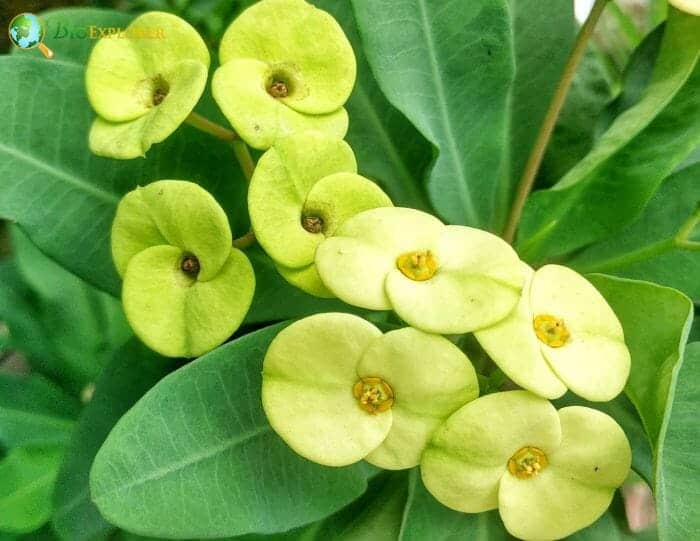
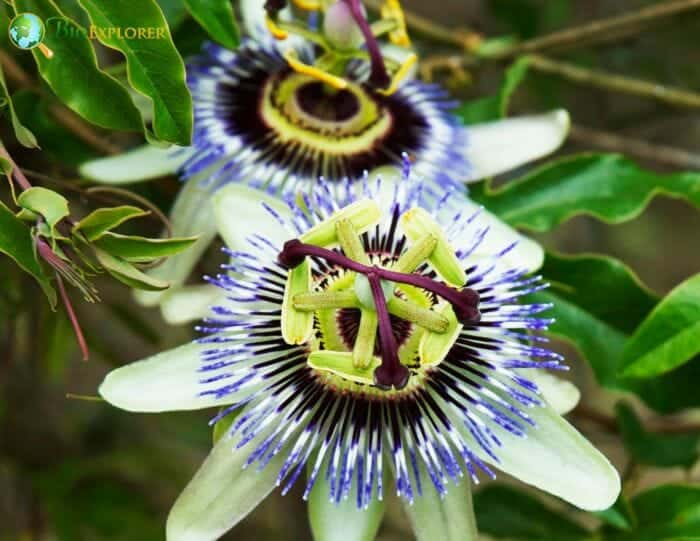
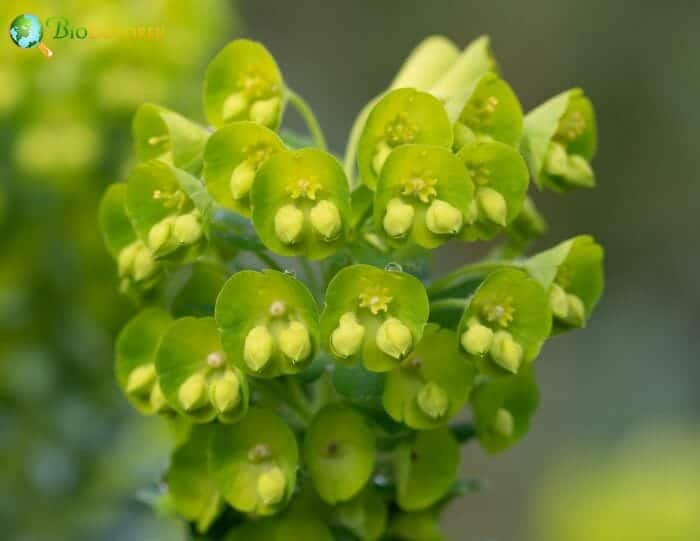
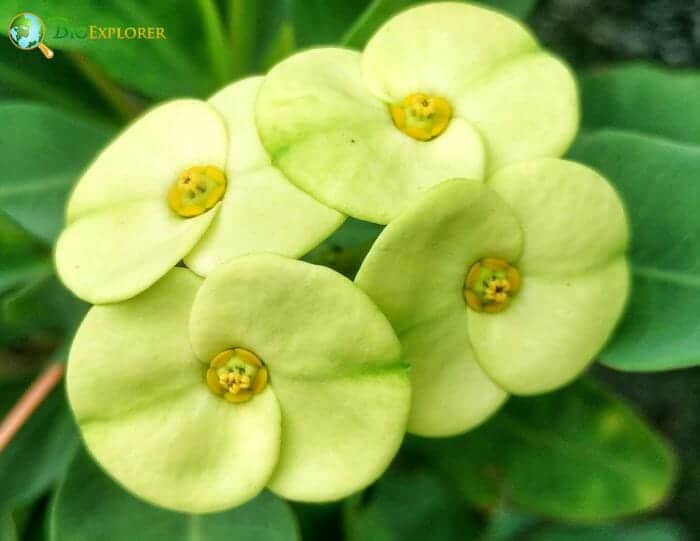
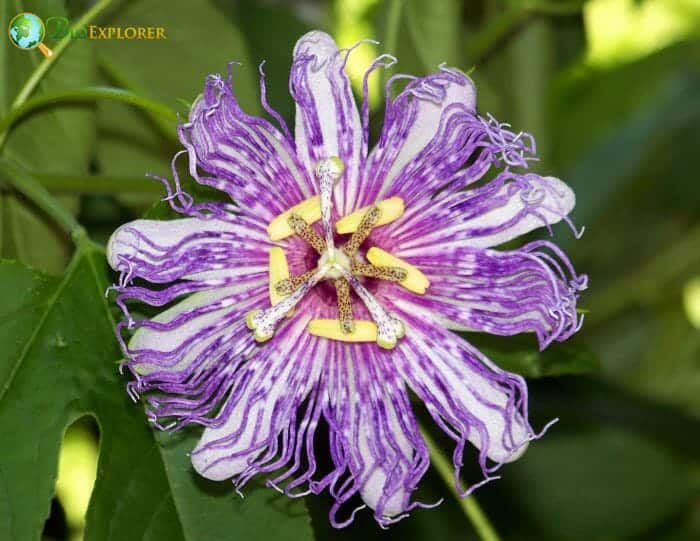
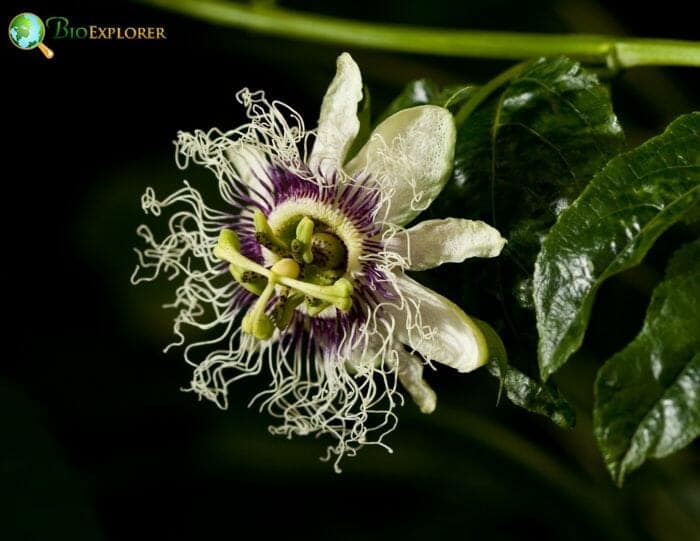
![]()
Malpighiales Family Differences
There are 36 families under Order Malpighiales. However, only 7 families (with well-known members) are compared in this section.
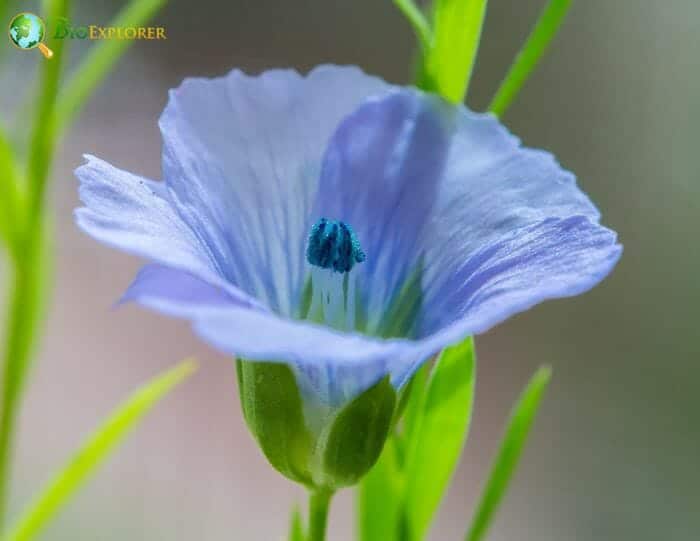
Malpighiaceae
- The species of Malpighiaceae are vines, shrubs, or trees.
- The leaves of the plants are simple, typically undivided, petiolate, and usually stipulate. Most leaves are opposite. In rare instances, leaves are sub-opposite or ternate. There are two fleshy glands located at the petiole and the blade junction.
- Most Malpighiaceae flowers are perfect and rarely unisexual. The inflorescences of the flowers are terminal or axillary raceme, panicle, or cyme.
- The Malpighiaceae flowers have 5 sepals and 5 petals.
- The stamens are usually biseriate. Most plants have 10 stamens (other species have 2-15). The carpels are commonly 3 (2-5 in some); commonly syncarpousWhat is syncarpous?Flowering having united carpels; Contrast apocarpous. (apocarpous in some taxa).
- The Malpighiaceae flowers’ ovary is superior, and the fruit is a drupe, nut, or samara.
- The seeds of the Malpighiaceae fruit are exalbuminous.
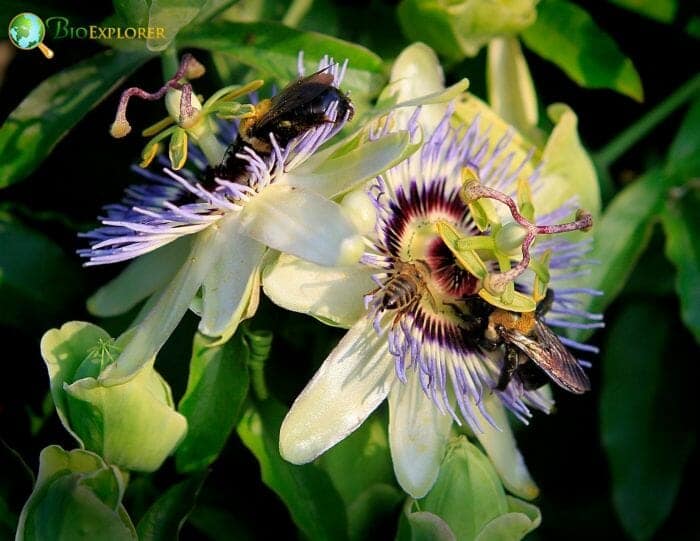
![]()
Salicaceae
- The plants of this family are perennial shrubs and trees.
- The leaves of the species are usually alternate, deciduous, and stipulate. The leaves are simple with serrate margins.
- The flowers of Salicaceae are small and unisexual or bisexual. They are in terminal or axillary raceme, catkin, spike, corymb, cyme, or glomerule. Other members have solitary flowers.
- The sepals in the calyx are 0-15. The petals in the corolla are also 0-15.
- The androecium of the Salicaceae flowers has 2-30 free or united stamens. The gynoeciumWhat is gynoecium?It is a collective term for all carpels (female parts) in a flower. Carpels can be either apocarpous (separate) or syncarpous (combined or united) is syncarpous with 2 to 8 carpels[8].
- The Salicaceae ovary is superior, and the fruit is a berry, drupe, or capsule.
- Most of the seeds of the fruit are arillate. However, some taxa have comose seeds.
![]()
Violaceae
- Members of Violaceae are herbs, shrubs, lianas, or small trees.
- The leaves of the violets are usually simple, spiral, and stipulate.
- Usually, the flowers are bisexual. Other flowers are cleistogamous. The inflorescence of the flowers is solitary, in heads, panicles, or racemes.
- The Violaceae flowers have 5 sepals and 5 petals.
- There are 5 stamens and 3-5 carpels.
- The ovary is superior. The Violaceae fruit is a berry or a capsule (loculicidal). A few species have a nut.
- The Violaceae seeds are endospermous. Often, they are arillate or with caruncle.
![]()
Podostemaceae
- Members of this family are aquatic herbs.
- Many species do not have stems and leaves.
- The flowers are bisexual. These flowers are solitary or in clusters on a long stalk.
- The flowers are tiny and petalless.
- There are usually 1-4 stamens and 2 carpels (other species have 1 or 3).
- The ovary is superior. The fruit is a capsule.
- The seeds of the fruit are very small and non-endospermic.
![]()
Passifloraceae
- The members of Passifloraceae are lianas, shrubs, and trees.
- The leaves are simple, often palmately lobed. The leaves are arranged spirally. The stipules are present or absent. The extrafloral nectaries are often found with the petioles.
- Members are bisexual or unisexual, solitary or in cymes.
- Typically, the flowers have 5 calyx lobes and 5 corolla lobes. Although, some species have 3-8.
- The Passifloraceae stamens are commonly 5, and the carpels are 2-5.
- The ovary of the Passifloraceae flowers is superior, and the fruit is a berry or a capsule.
- The seeds are endospermous.
![]()
Rhizophoraceae
- The species under Rhizophoraceae are trees and shrubs.
- The leaves are opposite or whorled, leathery, simple, and petiolate. The lamina is entire and pinnately veined. The leaves have entire, crenate, or dentate lamina margins.
- The flowers are mostly bisexual and rarely unisexual. The flowers are rarely axillary solitary. Most are aggregated in cymes, racemes, or fascicles.
- The perianth has distinct calyx and corolla. Most of the flowers have 4-5 sepals and 4-5 petals, both in 1 whorl. Other species have 3-16 sepals and petals.
- The flowers have 8-40 stamens. The gynoecium has 2-5 (-20) carpels[9].
- The ovary is superior to inferior. The fruit is a berry, a drupe, and rarely a capsule.
- The seeds are winged or wingless. They are copiously endospermic.
![]()
Erythroxylaceae
- The plant types under Erythroxylaceae are trees and shrubs.
- The leaves are well-developed, simple, primarily alternate and rarely opposite, usually spiral, stipulate, and petiolate. The lamina margins and the lamina are entire.
- The Erythroxylaceae flowers are unisexual or bisexual. The flowers are axillary solitary or aggregated in fascicles.
- The perianth has distinct calyx and corolla. There are 2 whorls. The calyx and corolla are both 5 lobes in 1 whorl each.
- The stamens of the flowers are 10, and the carpels are usually 3.
- The ovary is superior. The fruit is a drupe.
- There is only 1 seed per fruit. The seeds are mostly endospermic. The endosperm is not oily.
![]()
Euphorbiaceae
- Members of this family are herbs, shrubs, vines, or trees. Major groups have latex.
- The leaves of the species are mostly simple and alternate. Rarely the leaves are opposite or whorled.
- The flowers are unisexual in cyme, modified as cyathium.
- Most species have 5 sepals and 5 petals. Other species have no petals and sepals.
- The distinct or connate stamens are 1-∞. Most flowers have 3 carpels.
- The ovary is superior. The fruit is a samara, drupe, berry, or schizocarp.
- The seeds have fleshy endosperm and a straight embryo. Often, the seeds have caruncle.
![]()
Malpighiales Example Species
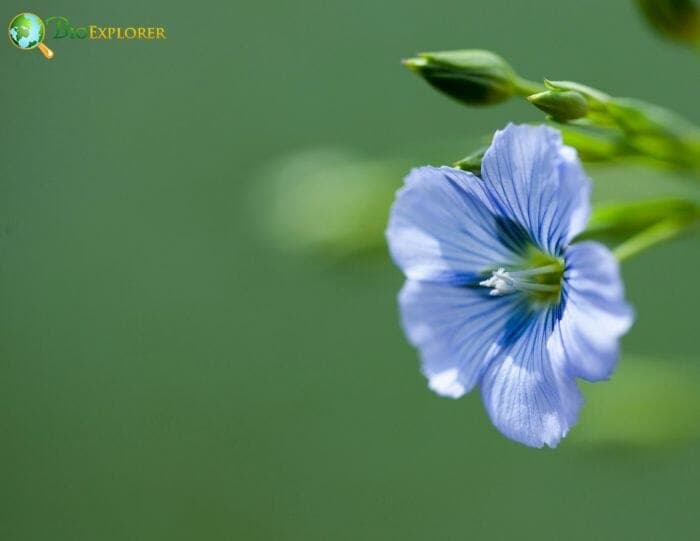
Many species of Malpighiales are beneficial. The following are some of the useful species under Malpighiales.
- Native violet: Native violet is a garden plant and is commonly used for landscaping.
- Poinsettia: Poinsettia is primarily used as a Christmas ornamental. It also has many medicinal benefits and uses.
- White willow: The white willow bark has been used as a herbal and nutritional supplement for pains and other diseases.
- Common passionflower[10]: The Common Passion flower is commonly used as a wall climber or groundcover. The fruit is edible and the fruits & leaves are used to make tea. In South America, the common passionflower is medicinal.[11].
- Acerola[12]: The fruit is edible and is rich in Vitamin C. It also contains many vitamins and minerals. The fruits have many medicinal uses. Acerola is also used as an ornamental.
- Red mangrove[13]: The red mangrove creates crucial habitats for fish and reduces the erosion rate. It is also used for timber, building materials, and charcoal. The red mangrove is also medicinal.
- Hairy pink flax: The Hairy pink flax is used as an ornamental plant. It is also used for medicinal purposes.
- Guanandi: The Guanandi has medicinal uses. This tree is also planted as a shade tree in West Indies. The seeds can produce oil. The wood of the tree also produced essential oil. The wood of the Guanandi tree is one of the most used woods in the American tropics.
- Cocoplum: The fruit and seed are edible (raw or cooked). The seeds also produce edible oil. The parts of the cocoplum have medicinal value. Cocoplum is also used as a hedge and produces black dye from fruits/seeds.
- Goupie: The parts of the Goupie tree have many medicinal benefits. The wood of Goupie has a range of applications.
![]()










